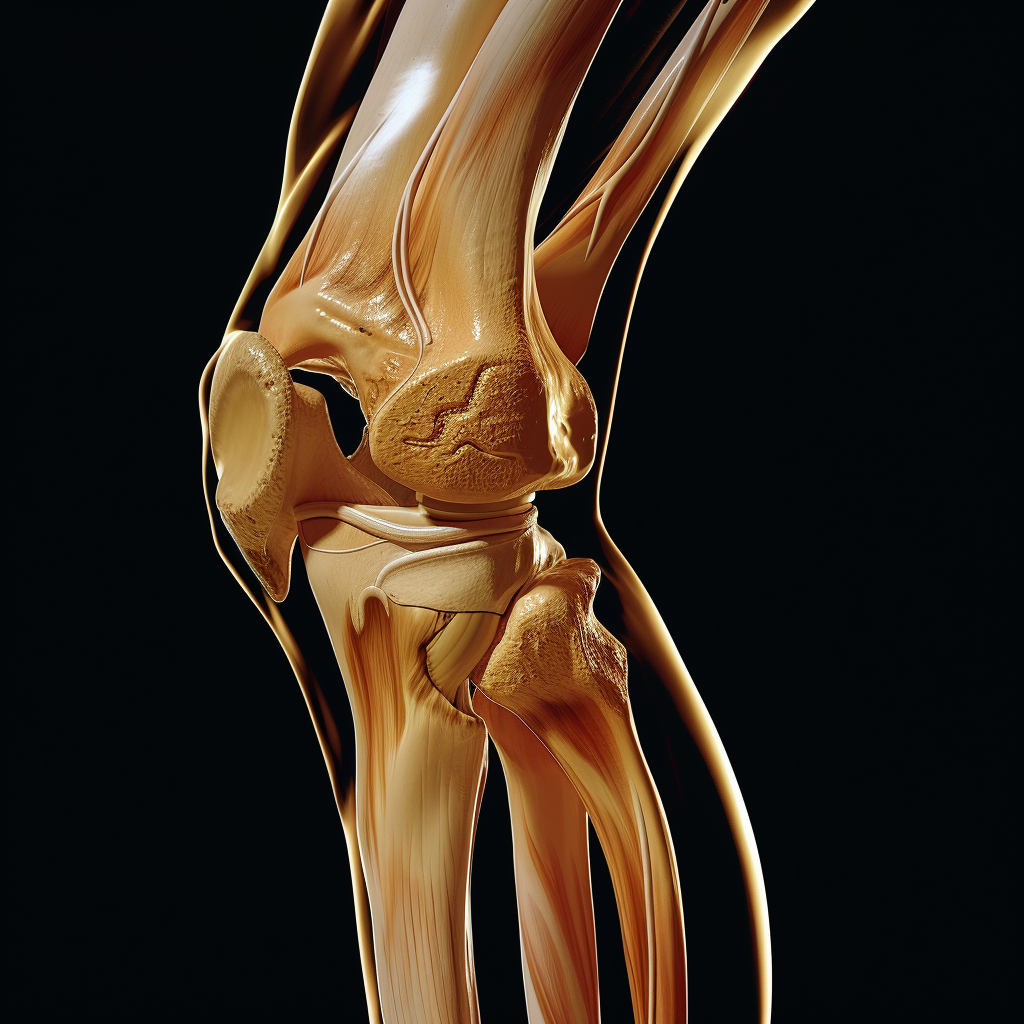The knee joint is one of the most important, but also the most vulnerable joints in the human body. Whether you’re an athlete who has suffered an injury in training or a regular person who has damaged their knee during daily activity, the knee rehabilitation process is key to returning to full mobility and an active lifestyle. In this article, we’ll look at the basic steps and strategies to effectively rehabilitate your knee.

The first step of rehabilitation is an accurate diagnosis of the knee injury. See your doctor or orthopedic surgeon who will perform necessary examinations, such as X-rays or MRIs, to accurately determine the extent of the damage. Based on the diagnosis, your doctor will recommend an appropriate treatment plan, which may include conservative treatment (rest, ice, compression and elevation) or, in some cases, surgery.
Immediately after an injury, it is important to follow the R.I.C.E. (Rest, Ice, Compression, Elevation) rule:
Rest: Avoid activities that could aggravate injuries.
Ice (Ice): Apply ice to the affected area for 20 minutes every two hours to reduce swelling and pain.
Compression: Use an elastic bandage or compression sleeve to reduce swelling.
Elevation: Keep your knee elevated to minimize swelling.
Once the acute phase of the injury has passed, it’s time to start physical therapy. Working with a physical therapist is key, as the professional can put together an individual exercise plan aimed at increasing the mobility, strength, and stability of the knee joint. Typical exercises may include:
Isometric exercises: Strengthening muscles without moving the joint (e.g. quadriceps strain).
Mobilization exercises: Improving the range of motion of the joint (e.g. bending and extending the knee).
Strengthening exercises: Strengthening the muscles around the knee, such as the quadriceps and hamstrings.
The key to successful rehabilitation is to gradually increase the load. Start with a low intensity and gradually increase the difficulty of the exercises and activities. It is important to listen to your body and avoid overloading yourself, which could lead to recurrence of the injury.
Proper nutrition plays a vital role in the healing and regeneration process. Consume foods rich in protein, vitamins, and minerals that promote tissue repair. Also, consider supplements like collagen, omega-3 fatty acids, and vitamin D, which may support joint health. Make sure you get enough rest and sleep, as regeneration takes place mainly during sleep.
The return to normal activities and sports should be gradual. It is recommended to start with a low load, such as walking, swimming, or cycling, and gradually move on to more strenuous activities. Don’t forget to consult regularly with your doctor or physical therapist to monitor your progress and adjust your rehabilitation plan if necessary.
Conclusion
Knee rehabilitation is a complex process that requires time, patience, and discipline. However, the right approach to rehabilitation will allow you to return to full functionality and an active lifestyle. Don’t forget to have regular check-ups with professionals, stick to an exercise plan, and live a healthy lifestyle that promotes recovery and prevention of future injuries. My personal experience with knee surgery here:
If you have any questions or need individual advice, please do not hesitate to contact me. I am here to help you on your journey to healing and improving your overall health.
Hold on and good luck with your rehabilitation!
Your personal trainer and nutritionist, Vladimír Veverka
Vladimír Veverka
Xplore Fitness
Na Příkopě 17/1047
Prague 1